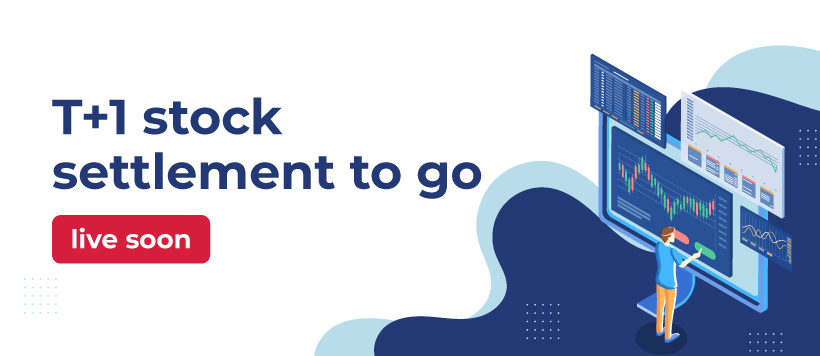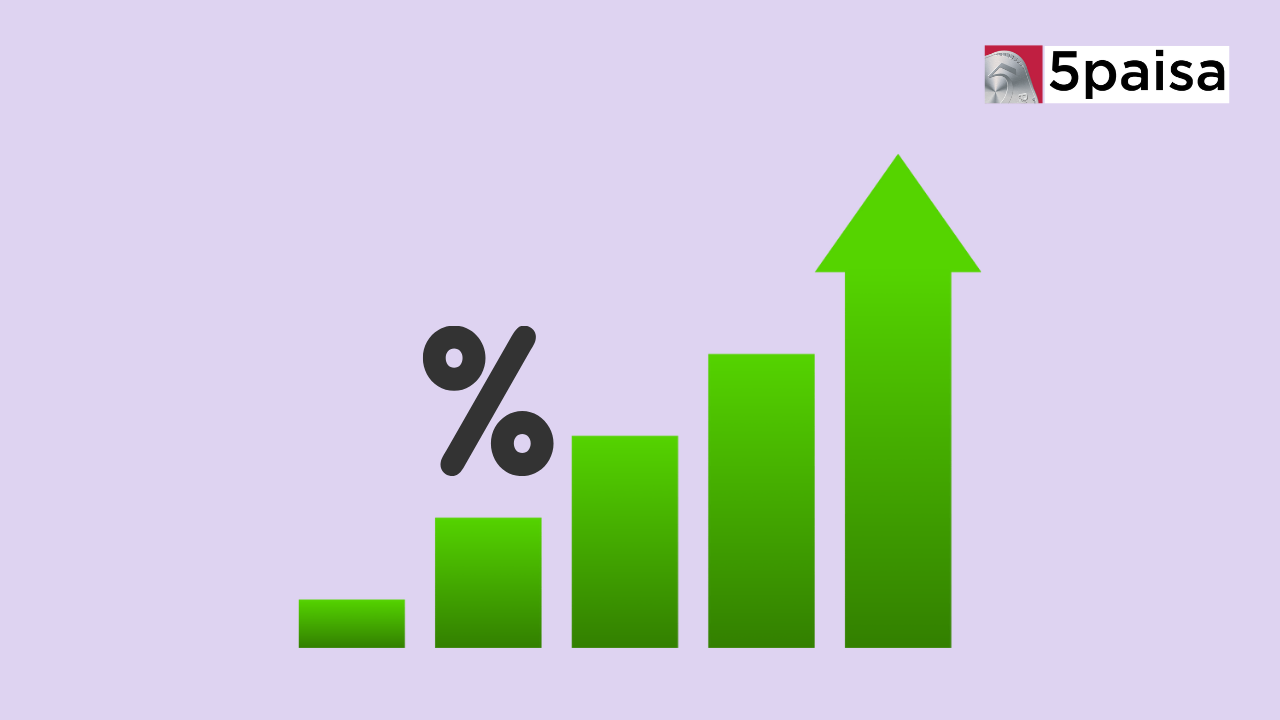Top New Year Stock Picks for 2025: Best Investment Opportunities
T+1 settlement to go live on stock exchanges from 25-Feb

Last Updated: 10th December 2022 - 02:56 am
It is now official. The shift from T+2 settlement to T+1 settlement will happen, albeit with a delay and some changes. Here are key highlights of the shift to T+1.
A) Like in the earlier version announced by SEBI, inclusion in the T+1 settlement cycle would continue to be voluntary. SEBI will only define the criterial for eligible companies for T+1 and the onus will entirely be on the companies to decided whether they want to join the T+1 cycle or remain in the T+2 cycle.
B) The start date has been tweaked from Jan-22 to end of Feb-22. The first batch of stock inclusions for the T+1 cycle will be done on 25-February, the day after the F&O expiry. The target is to complete the total migration of stocks and make them eligible for T+1 by the end of calendar year 2022.
C) The methodology has been modified to focus on the smaller companies first. On 25-Feb, the 100 companies with the lowest market cap among all listed companies will be shifted to the T+1 cycle eligible list.
Each month, the day after the F&O expiry, another 500 companies with progressively higher market cap will be shifted to the T+1 eligible list. This will continue till the end of 2022, by which time all companies will shift.
D) SEBI has asked both the principal stock exchanges, BSE and NSE, to coordinate the launch. Even in cases of companies listed on both exchanges, the market cap ranking will be done based on the trading in the stock exchange which displays higher volumes.
The T+1 cycle will continue parallel with T+2 cycle and cross margining and cross cycle adjustments will not be permitted.
E) In all the above rankings, the average daily market cap in October 2021 will be taken as the benchmark. For companies that are listed after October 2021 or in the case of listed IPOs, the immediate month volumes in the market will be considered.
Globally, the US is planning to entirely move to the T+1 cycle from its current T+2 cycle over 2 years. In Asia, most of the key markets like Hong Kong, Singapore, Korea and Australia are on T+2. Taiwan had attempted to shift to T+1 but had eventually reverted to the T+2 system. The T+2 system will be safer for retail investors with shorter capital lock-in.
One objection of FPIs is that forex exposures need to be hedged on their net open positions and hence differing time zones could be a constraint. However, when T+1 is being handled for F&O, there is no reason it cannot be handled for stocks too.
Also Read:-
- Flat ₹20 Brokerage
- Next-gen Trading
- Advance Charting
- Actionable Ideas
Trending on 5paisa
Indian Stock Market Related Articles
Disclaimer: Investment in securities market are subject to market risks, read all the related documents carefully before investing. For detailed disclaimer please Click here.
 Sachin Gupta
Sachin Gupta
 5paisa Research Team
5paisa Research Team




